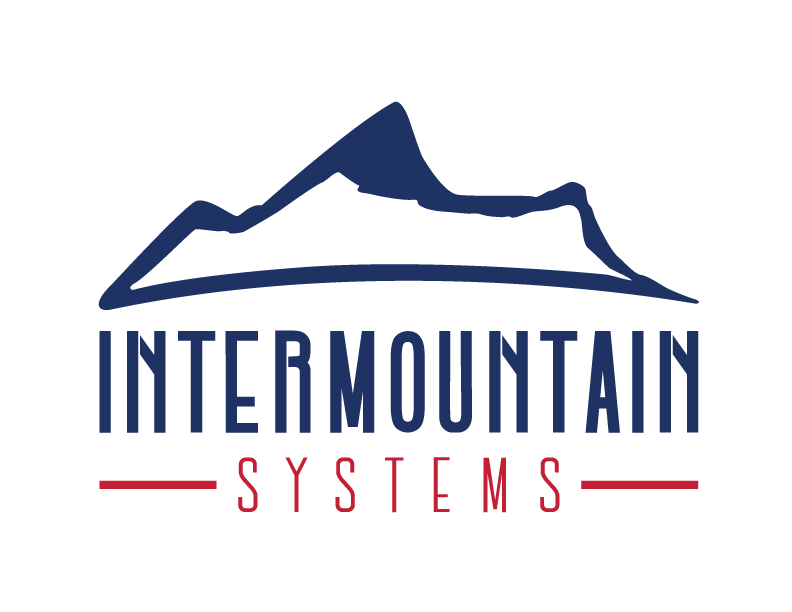
Alarm monitoring is the automated process of collecting and assessing any indication of a potential security or safety threat, then addressing these threats with appropriate action. If you have professional alarm monitoring, a call center monitors your system remotely, 24/7/365 and gets pinged when something triggers your alarm. Monitoring guarantees someone will respond to your active alarm when you can’t, which saves lives and property. Assigned personnel contact you when the alarm is triggered to verify an active threat or genuine security breach, and once verified, they’ll contact the proper authorities on your behalf.
Monitoring is the most professional and reliable way to watch over a security system. Dispatch stations have the ability to summon law enforcement or fire rescue to your home or business. When requests are made, monitoring stations can transmit critical information to first responders that aids in any incident response for a more successful outcome.
In the times that you need monitoring, it’s worth the cost.
Security system devices that work with alarm monitoring can include
- Panic buttons
- Door, window sensors
- Glass-break sensors
- Motion sensors
- Cameras or video surveillance
- Smoke & Carbon monoxide detectors
Some of these devices can trigger a load siren, but If you’re not around, there could also be a smart phone push notification, mobile text alert or email notification. While the central keypad can arm, disarm or provide system status, the sensors and detectors can pick up on any forced entries or unauthorized occupants or intruders.
Alarm monitoring involves fast, detailed communication between your security system and the central station of a security provider like Intermountain.
- When the control panel inside your property registers an emergency event, it’ll send a signal to the central monitoring station, where the alarm is verified and the appropriate authorities are requested.
- Before the monitoring stations alerts authorities, they attempt to contact you first.
- In the event of a false alarm, you’ll give the operator an alarm code or password to cancel any further calls for first responders.
Professional monitoring is especially effective when it comes to fire emergencies. According to the ready.gov, a small flame can turn into a major fire in less than 30 seconds. Fire and life safety alarms, for both commercial and household structures, consist of smoke or flame detectors strategically placed throughout the property. These devices can be both hardwired and/or battery powered. And their effectiveness at fire and life safety is greatly increased when they’re paired with modern fire sprinkler systems or other suppression equipment.
Insurance brokers may offer discounts with monitored alarm systems.
What does it mean to Offer “UL Certified Alarm Monitoring”
Underwriters Laboratories, an OSHA approved agency and a global safety science company creates a series of standards and administers testing for security companies to meet for certification. They hold companies to high standards of safety and security by testing, inspecting and evaluating alarm systems and monitoring centers for reliability. Additionally, they also perform surprise evaluations each year to verify the UL listed company is continually operating at the highest standard. Just a few of the UL central station requirements include having two backup generators, emergency lighting installed in and around the building and having two operators on duty at all times, among many other guidelines.
Intermountain Systems, a UL certified alarm monitoring company, has provided luxury Residential & Commercial Security for the Colorado Western Slope community since 1981. Installing and Integrating Complete Systems, from Entertainment to Automation all the way to full Security with Fire and Life safety.






